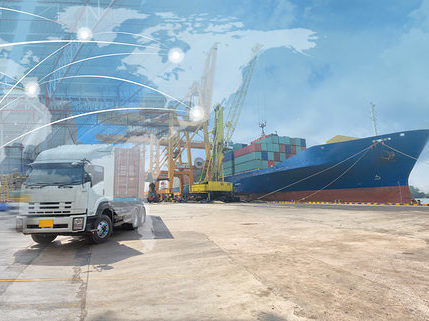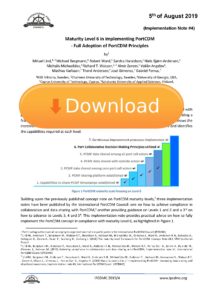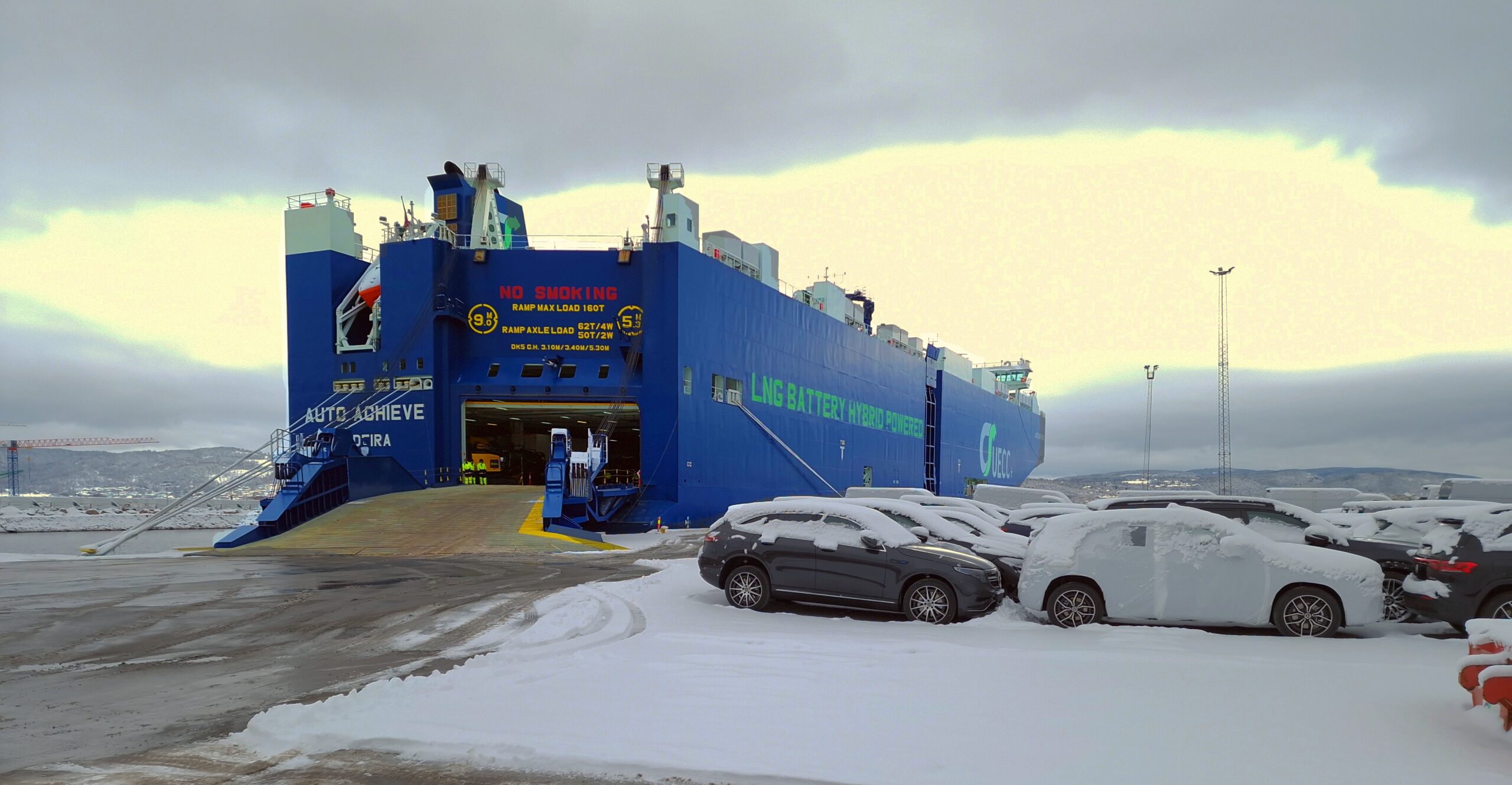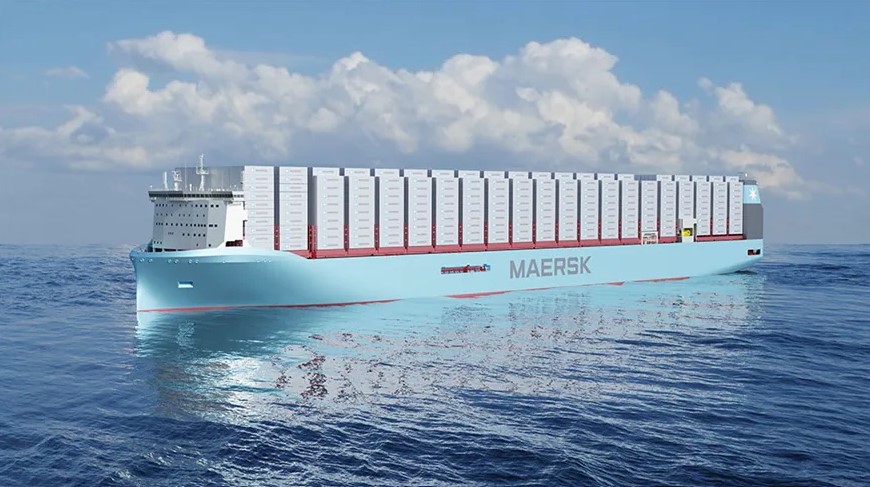In the last few weeks a number of key announcement shave been made that highlight how digitalisation has been sweeping across the port, particularly container terminal sector, in the last few years.
The Port of Rotterdam, in conjunction with the British Ports Association issued a glossy 8 page white paper underlining their approach to digitalisation, while Navis, a port digitalisation software provider that is part of Finnish-listed Cargotec Group, announced further automation developments in the Peruvian port of Terminales Portuarios Euroandinos Paita
Added to this the International Port Collaborative Decision Making Council (IPCDMC) has issued a further implementation note outlining the results of test bed activities in the ports of Barcelona, Brofjorden, Gothenburg, Limassol, Sagtuno, Stavanger, Valencia, Umeå and Vaasa.
The key element of these efforts is the development of connected ports as highlighted in the introduction to the White Paper by Joyce Bliek, Director of Digital Business Solutions at the Port of Rotterdam Authority:
“As the Port of Rotterdam, we strongly believe in the added value of a global network of connected ports around the world. Such a network can facilitate the active exchange of data, both within port communities and between individual ports. In Rotterdam, we are making a dedicated investment in our digital development. And we rely on the knowledge, experience and innovations we have amassed in this field to support other ports – from vision to realisation”
The Port of Rotterdam has launched a new company this week – PortXchange products and partnerships, as part of its efforts to create connectivity with other ports. It is set up to offer the Port’s Pronto Platform, in its effort to be central in the port call efficiency debate. It has already signed up with AP Moller Maersk and Shell becoming partners.
According to UNCTAD in its 2018 Review of Maritime transport highlighted some 41 terminals or ports that had achieved a level of operational automation.
Collecting data
A more recent UNCTAD article, published this week, is on the fastest, busiest and best connected container terminals.
The article points to the latest UNCTAD liner Shipping connectivity index, and a pair of new data sets that reflect some of the modern developments. The first is a Port LSCI focused on 900 ports between 2006 and 2019. The second is the start of a build up of a data set that focuses on port calls by country, and notably turnaround times and aged and size of vessels. (the only data is for 2018 though the authors say it will be updated every 6 months) This latter is, according to UNCTAD, a way of tracking progress towards the UN Sustainable Development Goals.
UNCTAD has seven policy measures that are key to enhanced port connectivity: The first is to go digital, stating that digital and physical connectivity go hand in hand.” Just as trade benefits from the latest technologies such as artificial intelligence, the Internet of Things and blockchain, port and shipping operations would also benefit from taping the opportunities arising from digitalization.”
One key factor to efficiency is vessel turnaround time and the UNCTAD paper points to ongoing efforts such as those of IPCDMC and Rotterdam to enhance port to port and ship to port messaging structures. IPCDMC has issued it’s latest Implementation Note as guidance to ports and terminals wishing to focus on turnaround efficiency, including the reduction of waiting time and anchorage times.
Other News on Fathom.World
- Procureship partners with ABS Wavesight to optimise marine procurement lifecycle
- SES introduces cruise industry’s first integrated MEO-LEO service with Starlink
- Crew training is a crucial factor for efficient BWTS operations, says Optimarin
- Wärtsilä solutions chosen for world’s first methanol fuelled hybrid RoRo vessels
- Industry leaders explore global energy transition at 4th Annual ABS Sustainability Summit



































